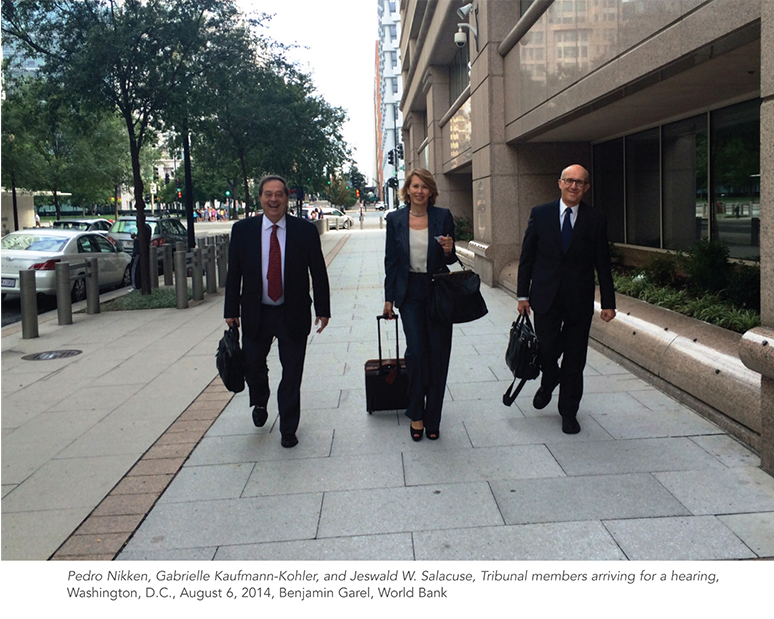-
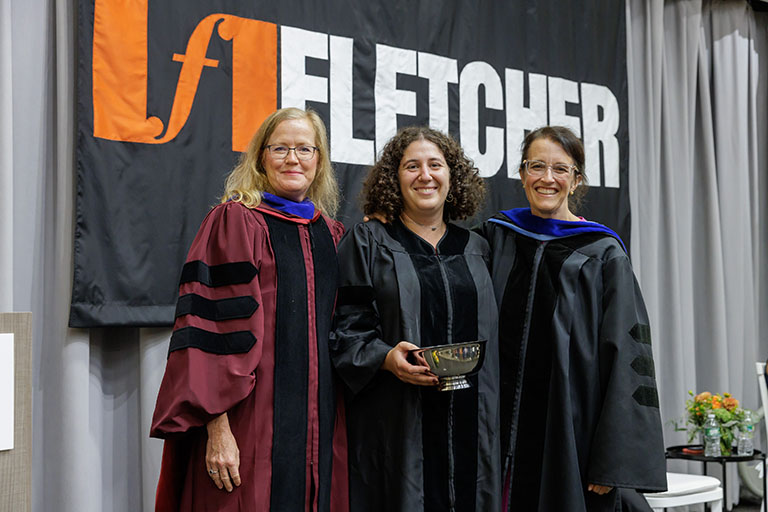
Hear from Professor Monica Toft
Learn how Professor Monica Toft is shaping the study of global affairs and diplomacy at Fletcher.
Hear from Prof. Toft -
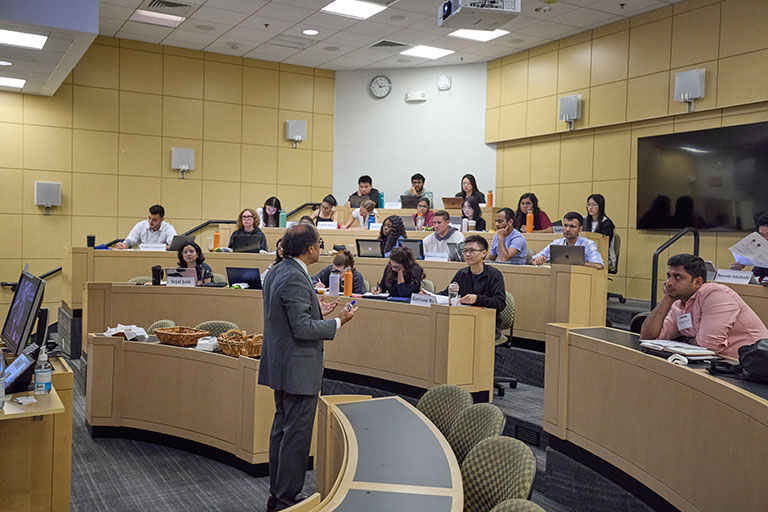
Explore Fletcher academics in action
Fletcher Features offers insights, innovation, stories and expertise by scholars.
Get global insights -
Get application tips right from the source
Learn tips, tricks, and behind-the-scenes insights on applying to Fletcher from our admissions counselors.
Hear from Admissions -
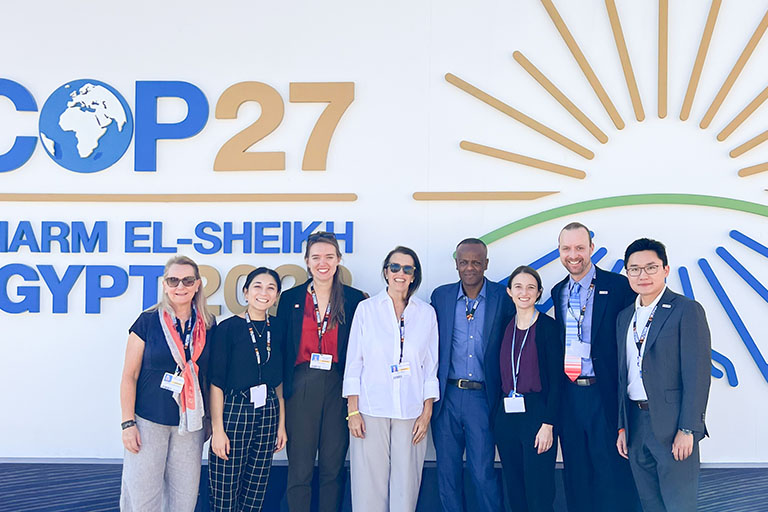
Research that the world is talking about
Stay up to date on the latest research, innovation, and thought leadership from our newsroom.
Stay informed -
Meet Fletcherites and their stories
Get to know our vibrant community through news stories highlighting faculty, students, and alumni.
Meet Fletcherites -

Forge your future after Fletcher
Watch to see how Fletcher prepares global thinkers for success across industries.
See the impact -
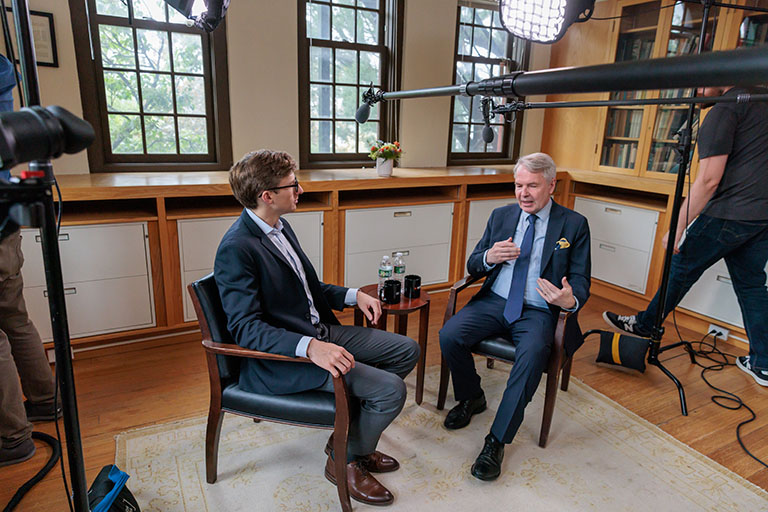
Global insights and expertise, on demand.
Need a global affairs expert for a timely and insightful take? Fletcher faculty are available for media inquiries.
Get in Touch
Salacuse Publishes Third Edition of The Law of Investment Treaties
Dean Emeritus and Distinguished Professor Emeritus Jeswald Salacuse Publishes Widely Referenced Book
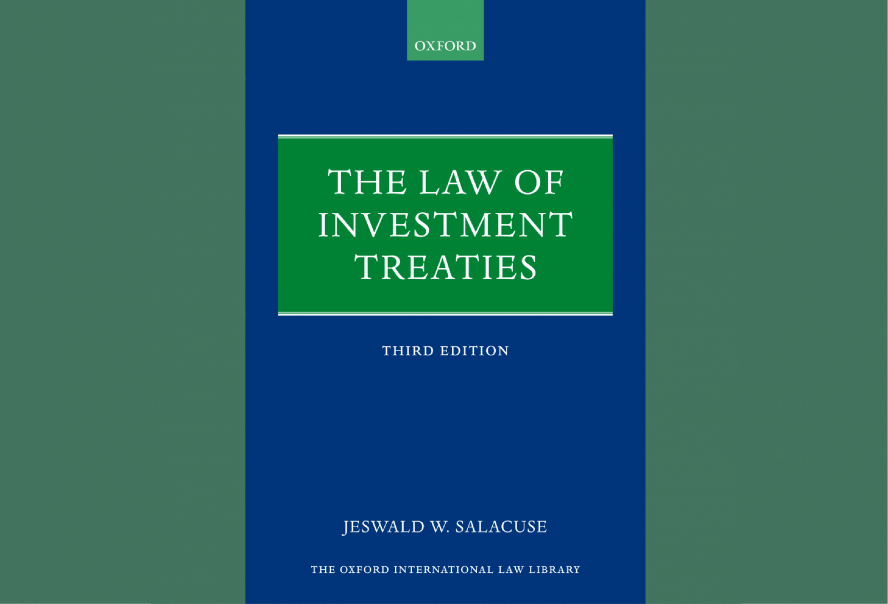
Oxford University Press recently published the third edition of The Law of Investment Treaties by Jeswald W. Salacuse, the Fletcher School’s Dean Emeritus and Distinguished Professor Emeritus. Since the end of War II, the nations of the world, believing that international investment increases their individual prosperity, have actively negotiated investment treaties to establish an international legal framework to further their goals. Investment treaties, often referred to as ‘international investment agreements’ (IIAs), are essentially instruments of international law by which states (1) make commitments to other states with respect to the treatment they will give to investors and investments from those other states, and (2) agree to some mechanism for enforcement of those commitments. As of 2020, the total number investment treaties had reached 3300, making it one of the more active areas of international lawmaking. A special feature of most of these treaties is to grant a right to investors injured by host country actions to sue host governments in international arbitration to secure compensations for their injuries. By 2020, injured investors had invoked this judicial process in over 1000 investor-state disputes, many resulting in awards of substantial compensation reaching into the hundreds of millions, even billions, of dollars. One other consequence of the investment treaty movement has been the creation of a new area of legal practice for international law firms.
The aim of Salacuse’s book is to examine the origins, structure, content, and effects of this relatively new body of international law. Drawing on regime theory from international relations, Salacuse argues that the because of their strong similarities the 3000 treaties and arbitration tribunals together constitute an international regime for investment. He then analyses in depth the principles embodied in each treaty, drawing on arbitration and court decisions that have applied them. Each chapter in the book is devoted to basic provisions found in all investment treaties, including their scope of coverage, the promotion, entry and establishment of investments, general and special investment standards of treatment, monetary transfers, state obligations toward investors, expropriations and nationalizations, investment disputes, and the consequences of treaty violations and damages. In an American Journal of International Law review essay of the book’s first edition in 2010, Professor Jürgen Kurtz concluded:
"The quality and rigor of the scholarly inquiry is impeccable, with Salacuse methodically breaking down the complex components of subject areas and being prudently mindful of underlying variances across different treaties."
Subsequent editions in 2015 and 2021 have carefully analyzed developments in investment treaty content and practice in a field which is both new and evolving rapidly. As a result, The Law of Investment Treaties is widely cited by lawyers and arbitrators in investor-state cases. For example, in the 2014 US Supreme Court case of BG Group plc. v. The Republic of Argentina (134 S. Ct. 1198; 188 L. Ed. 2d 220), in which the investors were seeking to enforce a $185 million arbitration award, both the majority decision by Justice Breyer and the dissenting opinion by Chief Justice Roberts cited and quoted from Salacuse’s The Law of Investment Treaties.
In additions to his talents as a scholar, Salacuse brings to his book rich experience as an international arbitrator, in many cases as tribunal president. He served as tribunal president in four cases involving investors by foreign investors in municipal water and sewages systems of Argentina’s major cities. Below shows Salacuse and his two tribunal colleagues happily arriving for work at the World Bank’s International Centre for Settlement of Investment Disputes.


